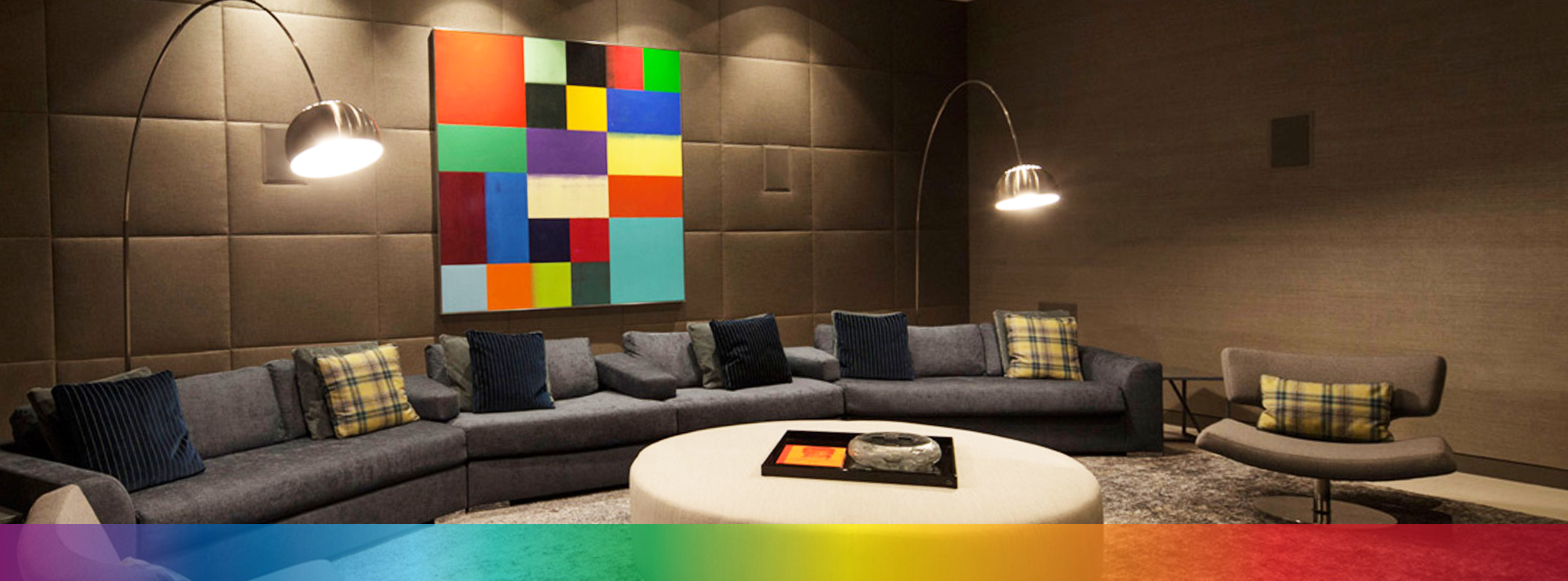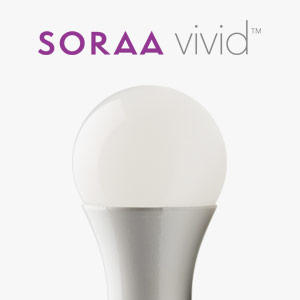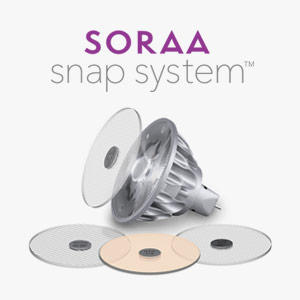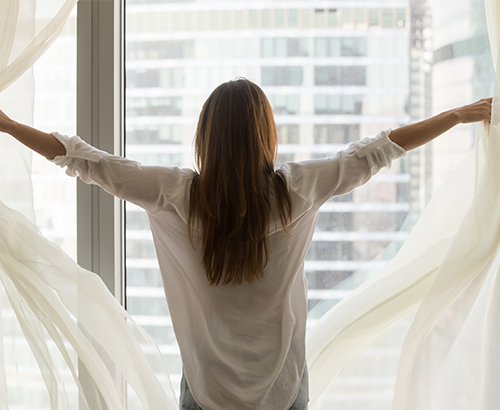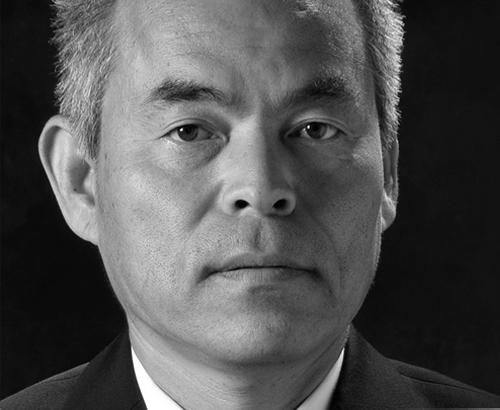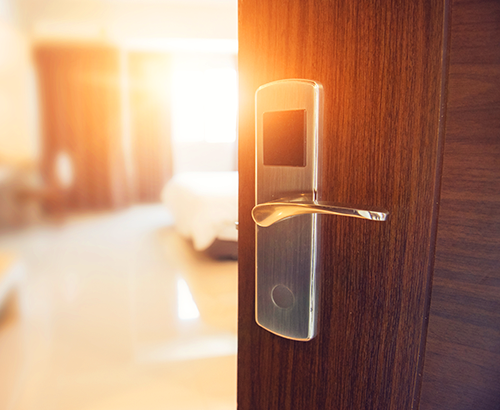I like this
While energy-efficient light bulbs have been in existence since the late 1970s, the last decade has seen their use explode in commercial and residential spaces. Given that these bulbs can use up to 80% less energy than a typical incandescent bulb and last 5-25 times longer, their popularity is easy to understand.
As these bulbs become the norm rather than the exception in our homes and offices, there is surprisingly little conversation about the quality of the light they emit. With more people talking about the effects of blue light (light from smart phones, televisions and computer monitors), it’s important to understand the consequences that lighting has on our sleep. With some surprisingly simple tools, you can learn to assess the lighting in your home, office, or even your hotel room and make easy changes to improve your waking and sleeping hours.
When looking at light in your environment, there are two main issues to consider: light quality and light intensity. Understanding how each of these affects sleep, and how to measure and change these variables, can make all the difference between a great night’s sleep and a not so great one.
Light Quality
When we talk about light, what we’re really talking about is the electromagnetic spectrum that is detectable to the human eye. It sounds complicated, but it’s really not. You probably remember the cute mnemonic device “ROY G. BIV” from elementary school to help you remember the order of light colors projected by a prism or in a rainbow. What we perceive as light is a combination of some or all of these colors. With natural light (daylight) we see a full complement of all of these colors. This light appears white, and is often referred to as “full-spectrum light.”
 It’s been known for some time that full spectrum light, particularly colors in the blue-green spectrum, are best for making us feel awake and alert. When we’re exposed to this kind of lighting during the day, it helps us resist feeling sleepy and sends a strong signal to our brains and influences our circadian rhythm. While traditional incandescent bulbs are costly and more prone to energy inefficiency, they have one thing going for them: they produce a full spectrum of light.
It’s been known for some time that full spectrum light, particularly colors in the blue-green spectrum, are best for making us feel awake and alert. When we’re exposed to this kind of lighting during the day, it helps us resist feeling sleepy and sends a strong signal to our brains and influences our circadian rhythm. While traditional incandescent bulbs are costly and more prone to energy inefficiency, they have one thing going for them: they produce a full spectrum of light.
So, how can we test the spectrum of light from these and other types of bulbs? The answer is a simple $10 device that allows you to see the spectrum produced by a given light, called a spectrometer, or spectroscope (pictured). Here’s how it works.
Here is the light spectrum produced by an incandescent bulb:
Notice the full spectrum of light it produces. This kind of lighting is best for areas in your home or office where you want to encourage alertness.
Now, contrast the image above with the one taken below of a CFL (compact fluorescent lamp) bulb.
Notice anything missing? Look at the dark bands in between the tiny slivers of color. These light bulbs, despite producing what appears to be white light, do not produce anything close to the full spectrum of light we get with incandescent bulbs or natural lighting. As a result, these bulbs would not be a good source to promote alertness in an office or work environment.
Light Intensity
If you’ve ever met a photographer, most of them always carry a small item that can be a powerful tool in helping them determine the best way to light their environment. It’s called a light meter. Below is one that I use, but there are many versions to choose from, and even phone apps that can replicate this task.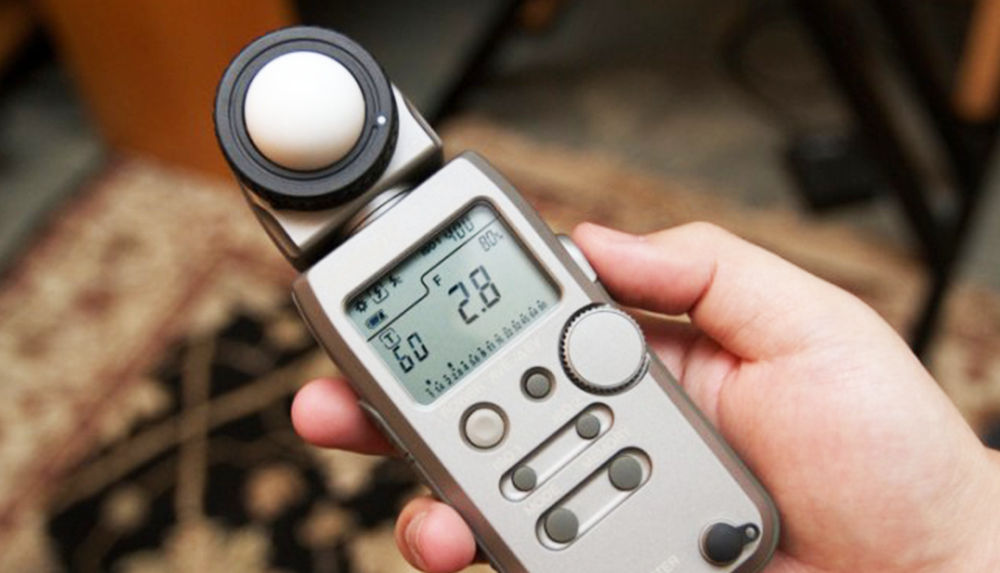
Light meters are easy to use. Just press the button and they instantly give you a light intensity reading, designated by the lux (lx) unit of measurement. In addition to light quality, light intensity plays a large role in our sleep regulation with brighter light being more wake-promoting, and dimmer light (or no light) being sleep-promoting.
For most homes, light intensity readings range from 1000-500 lux depending on your proximity to lights or windows. For an optimal sleep environment, light intensity should be below 200 lux. For people who use light to promote wakefulness or mood enhancement, special lighting can be used that ranges from 5000-10000 lux! These types of specialty lamps have been used to help with depression, promote alertness, and even help with adjusting from jet lag.
To sum it up, with a few bucks and an Amazon Prime account, you can quickly round up all of the tools you need to do a thorough light audit of the places you live, work, and sleep. By taking a closer look at your lighting and how it affects you throughout the day, you can make your days more productive and your nights more restful!
